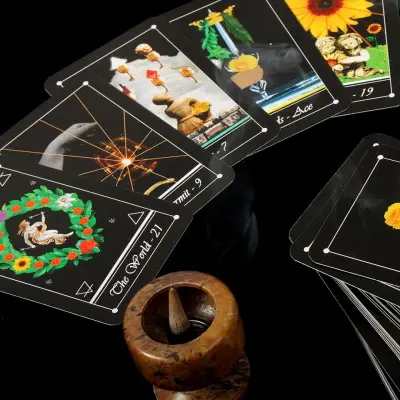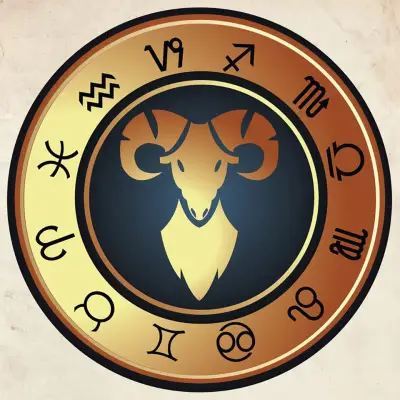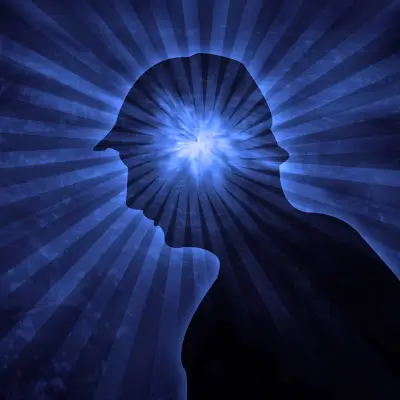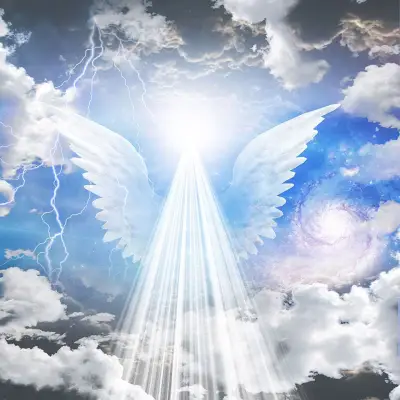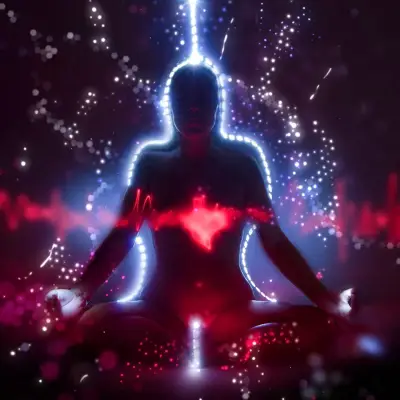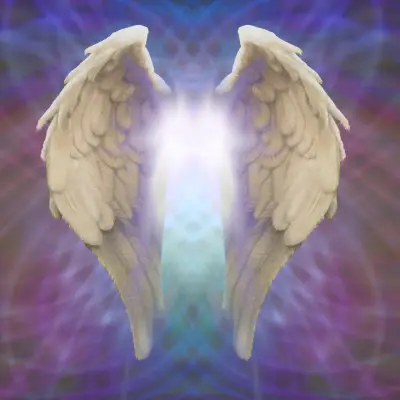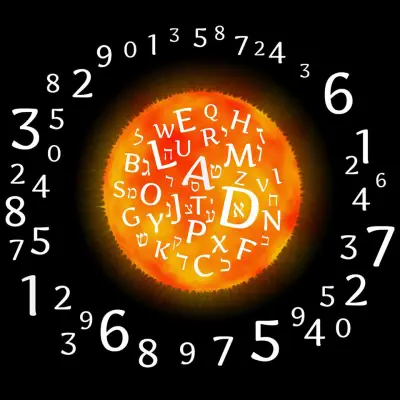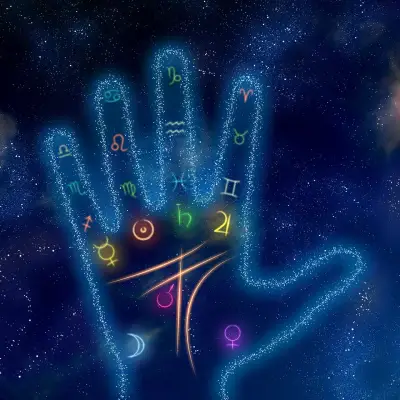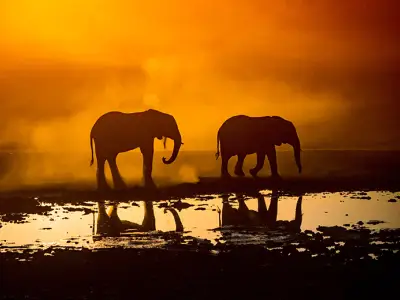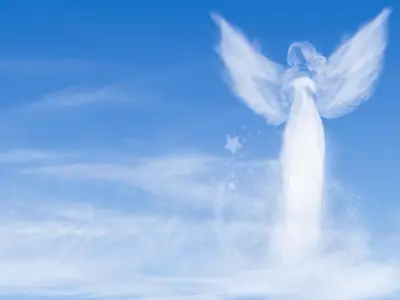Ranking as the highest order of angels in Judeo-Christian cosmology, the Seven Principle Archangels (also known as the Seven Princes of Heaven) hold an esteemed position carrying out divine missions for God. They bridge the gap between heaven and Earth, act as heavenly extensions of God’s power over Creation, and have authority over lower-ranking angels in service.
Jump to:
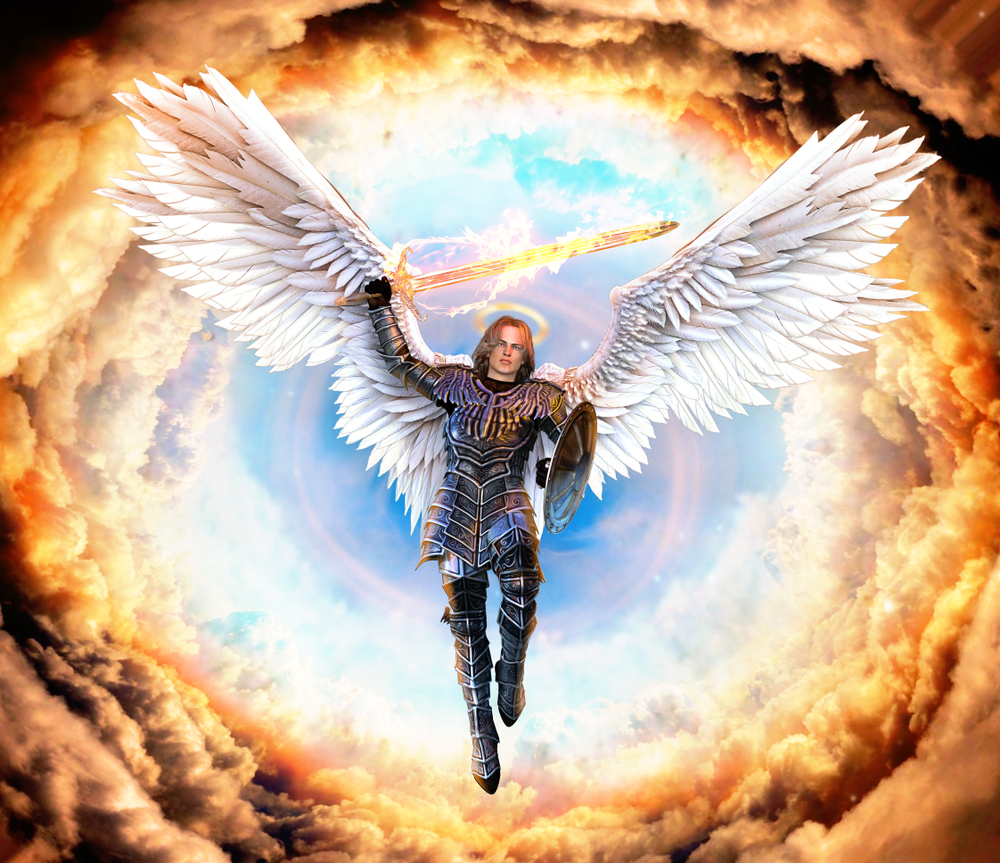
1. Archangel Michael: The Warrior of Light
Michael (Saint Michael) is one of the oldest angels and the leader of the seven principle archangels in Christianity. His name translates to “Quis ut Deus?” in Latin which means “Who is like God?” and he is known as a divine protector and spiritual warrior. He’s often depicted in art with distinct features that symbolise his role as a warrior, with one of the most common representations of Saint Michael showing him in full armour wielding a sword. As with many angels, he is also depicted with wings.
In the Old Testament of the Bible, in the Book of Daniel (Daniel 10:13, 10:21, 12:1), Michael is referred to as “one of the chief princes” and “the great prince who protects” the people of Israel. In the New Testament, specifically in the Book of Revelation (Revelation 12:7-9), Michael is depicted as leading the angels in a cosmic battle against the dragon (Satan), resulting in the banishment of Satan from heaven.
2. Archangel Gabriel: The Messenger of God
The name “Gabriel” means “God is my strength” or “Hero of God” and Archangel Gabriel holds the role of a messenger in Christianity. He is known for delivering divine announcements and guidance to chosen individuals. Archangel Gabriel is often depicted as a majestic and ethereal being with wings, sometimes carrying either a trumpet, a lily, or a scroll - symbols that represent the messages of God. Although Gabriel is generally portrayed as a male, there are many different interpretations.
One of the most well-known biblical events associated with Archangel Gabriel is the Annunciation. According to the Gospel of Luke (Luke 1:26-38), Gabriel was sent by God to announce to the Virgin Mary that she would conceive and give birth to Jesus, the Son of God. Gabriel also appeared to Daniel to provide interpretations of visions (Daniel 8:16, 9:21) and played a role in delivering messages to Zechariah (Luke 1:11-20) and the shepherds announcing the birth of Jesus (Luke 2:8-20). He has also appeared in Islamic religious texts. Known as Jibril in Arabic, Gabriel conveyed the words of the Quran to the Prophet Muhammed during the period of revelation in the Cave of Hiva.
3. Archangel Raphael: The Divine Healer
Archangel Raphael is associated with healing and well-being, with the name “Raphael” meaning “God heals”. You’ll be able to recognise this angel in art, as they are often portrayed with a staff representing healing and guidance, and a fish that symbolises the healing of Tobit’s eyes in the Book of Tobit. Raphael is also usually depicted wearing green attire, a colour that’s traditionally associated with healing and renewal.
The Book of Tobit is a deuterocanonical book, meaning it is included in certain versions of the Old Testament but not in others. In this story, Archangel Raphael plays a role in healing Tobit’s blindness and the rescue of his daughter, Sarah, from a demon. Raphael is also invoked by believers for emotional and physical healing, turning to him for guidance relating to health matters. In some traditions, Raphael is considered a patron for travellers, offering them protection and guidance during their journeys.
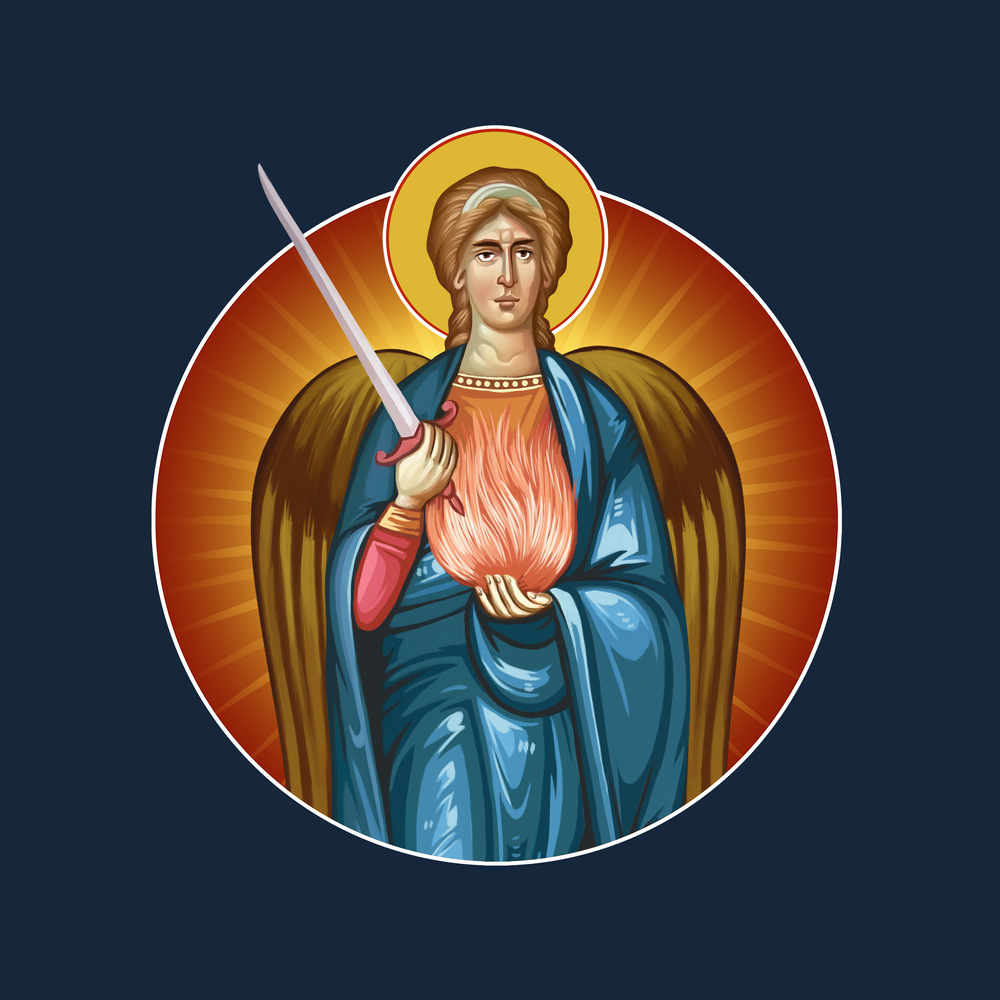
4. Archangel Uriel: The Angel of Wisdom
The fourth Archangel is Uriel. She was one of the last angels to be created, making her the youngest of the group. However, she is associated with wisdom and enlightenment. In art, she is depicted as a radiant, wise figure usually holding a book or a scroll in her hand. As she symbolises a guiding light, people often turn to her for guidance in life, seeking God’s will before making any decisions. Her presence is believed to bring clarity to individuals, allowing them to have a better understanding of the world around them.
Although Archangel Uriel isn’t mentioned in the Hebrew Bible or the Protestant Old Testament, she is referenced in the Second Book of Esdras, which is an apocryphal work included in some editions of the Bible. The story mentions Uriel as an angelic guide who interprets visions and provides insights to the biblical figure, Ezra.
5. Archangel Chamuel (or Samuel): The Angel of Love
Archangel Chamuel (also sometimes known as Samuel) is an angel associated with the energy of love and compassion within relationships. He has a gentle presence and radiates an aura of love.
Chamuel is normally portrayed with a heart or embracing individuals, emphasising the nurturing aspects of divine love. He’s revered for promoting love in its purest and most unconditional form and believers turn to Chamuel to seek guidance on how to love oneself, others, and the divine. As well as being the angel of love, Archangel Chamuel can heal emotional wounds and restore inner peace within individuals. His energy is invoked by those looking for comfort when experiencing emotional distress.
Recommended for you!
Best Sellers6. Archangel Jophiel: The Angel of Beauty and Creativity
Archangel Jophiel, known as “divine beauty”, is represented as a radiant and graceful presence. She’s normally depicted holding a painter’s palette or a quill and adorned with vibrant colours, linking her to artistic inspiration. She is a muse for artists and inspires the pursuit of beauty and creativity, which is why believers seek her influence to help them in their own artistic projects.
But it’s not just the outer beauty Jophiel has influence on; she can help uplift the spirits of individuals by opening their eyes to an optimistic future, encouraging them to look inward to discover the beauty within themselves.
7. Archangel Zadkiel: The Angel of Mercy and Forgiveness
Archangel Zadkiel holds a central role in the divine act of forgiveness. He is called upon when individuals are seeking forgiveness from God but also want to facilitate forgiveness within their own hearts and in relationships with others. He has a compassionate nature and is portrayed with a deep blue or violet aura, which symbolises the spiritual transformation and calming influence associated with forgiveness.
In one particular story found in the Book of Genesis (Genesis 22:1-19), Patriarch Abraham was presented with a test of faith - he was challenged by God to sacrifice his son Isaac. Archangel Zadkiel intervened, manifesting God's compassion and preventing the slaying of Isaac, symbolising divine mercy.
If you feel drawn to the realm of angels and are interested in learning more, consider enrolling in our accredited Angel Healing Diploma course for just £29 (save £118!). This comprehensive course consisting of 16 modules covers the roles of the seven archangels, angel numbers, and a myriad of other fascinating aspects of angelic wisdom!

